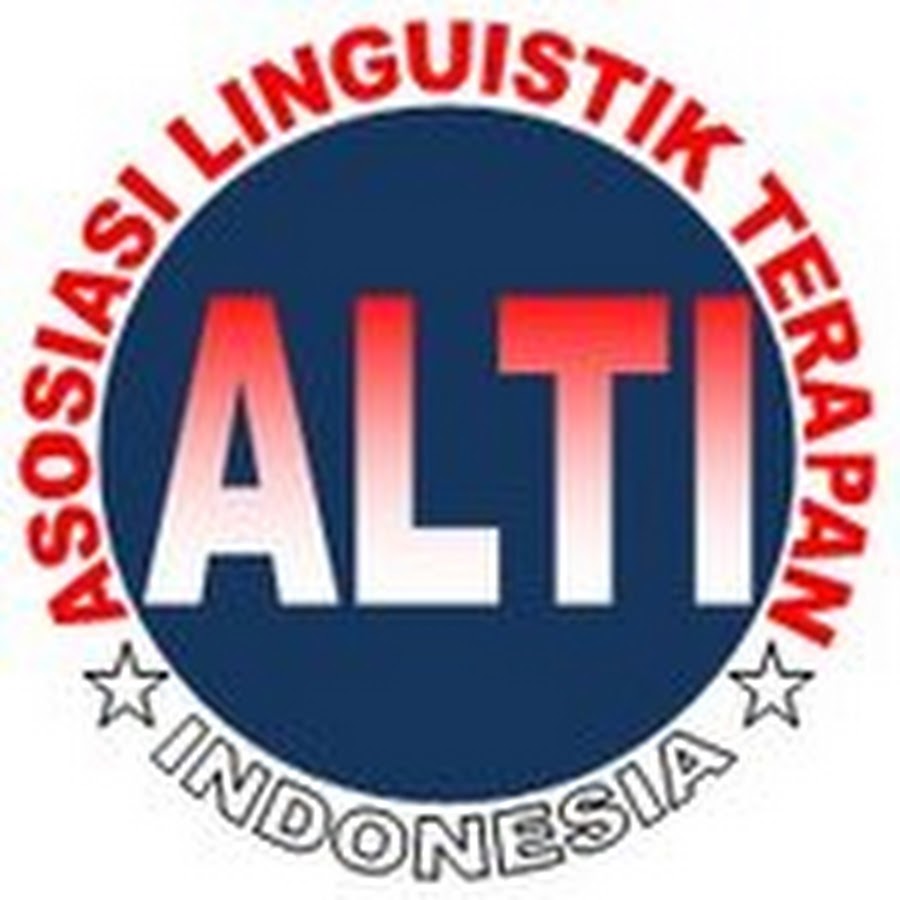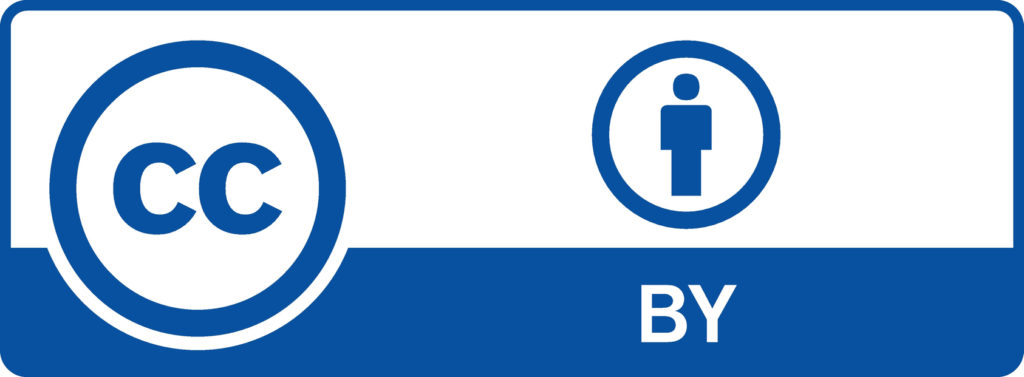Exploring How Skimming and Scanning Fosters EFL Students’ Reading Comprehension at an English Club Senior High School in Indonesia
DOI:
https://doi.org/10.33096/tamaddun.v22i1.309Keywords:
Skimming and Scanning Technique, Reading ComprehensionAbstract
This study aimed to examine the effect of skimming and scanning strategies on improving reading comprehension among students attending the English club at Senior High School Zainul Hasan 1 Genggong. A considerable number of students continue to struggle with reading, an area that is integral to their academic progress and language acquisition. Addressing these challenges necessitates effective teaching tactics to enhance reading comprehension skills, the exploration of which formed the core of this research. The study utilized a pre-experimental research design, focusing on a single group pre-test and post-test methodology. The sample consisted of 30 students who received targeted instruction on skimming and scanning strategies over a determined period. Skimming involves rapidly reviewing a text to get a general idea, while scanning is a technique used for quickly locating specific information within a text. Both strategies are believed to be pivotal in assisting learners to become more efficient and effective readers. Data collected from the pre and post-tests was analyzed using the Paired Sample T-Test. The alternative hypothesis, suggesting that skimming and scanning techniques have no significant effect on reading comprehension, is rejected if the Sig (2-tailed) value is more than 0.05. Conversely, if the Sig (2-tailed) is less than 0.05, the alternative hypothesis is accepted, indicating a significant effect of skimming and scanning techniques on students' reading comprehension. The study's findings revealed that the students who received training in skimming and scanning demonstrated significant improvement in their reading comprehension, substantiating the beneficial impact of these techniques. This improvement is further corroborated by the Sig (2-tailed) value of 0.000, which is less than the critical threshold of 0.05, leading to the acceptance of the alternative hypothesis. The statistically significant results from the Paired Sample T-Test provided robust evidence supporting the efficacy of skimming and scanning techniques in enhancing students' reading comprehension skills. This demonstrates the significance of these strategies in addressing reading comprehension challenges among students and informs the pedagogical approaches for teaching reading in EFL contexts. It underscores the need for their integration in curriculum planning and instruction, thereby contributing substantially to the academic discourse on reading comprehension strategies.
References
Ali, A. Y. (2008). The Holy Qur’an: original Arabic text with English translation & commentary. Saba Islamic Media.
Brevik, L. M. (2014). Making implicit practice explicit: How do upper secondary teachers describe their reading comprehension strategies instruction?. International Journal of Educational Research, 67, 52-66.
Brown, H. D., & Lee, H. (2015). Teaching principles. P. Ed Australia.
Creswell, J W, & Creswell, J. D. (2018). Research Design: Qualitative, Quantitative, and Mixed Methods Approaches. SAGE Publications.
Creswell, John W. (2012). Research design pendekatan kualitatif, kuantitatif, dan mixed. In Yogyakarta: pustaka pelajar. Pustaka Belajar.
EF EPI 2022 - EF English Proficiency Index’’. (n.d.). https://www.ef.com/wwen/epi/2022
Ganie, R. (2019). Evaluasi Permasalahan Pemahaman Membaca Teks Berbahasa Inggris oleh Siswa SMA di Kota Medan.
Gilakjani, A. P., & Ahmadi, M. R. (2011). A study of factors affecting EFL learners’ English listening comprehension and the strategies for improvement.
Grabe, W., & Stoller, F. L. (2019). Teaching and researching reading. Routledge.
Harmer, J. (2008). How to teach English. In ELT journal (Second Edi, Vol. 62, Issue 3). Oxford University Press.
Harmer, J. (2017). How to teach English-New edition. Harlow: Pearson Education Limited.
Hirade, Y. (2016). Impact of Explicit Teaching of Reading Strategies. Japan Association for Language Teaching, 3(2), 355-361.
Jain, P. M., & Patel, M. F. (2008). English Language Teaching:(methods, Tools & Techniques). Sunrise Publishers and Distributors.
Jaleel, S. (2016). A Study on the Metacognitive Awareness of Secondary School Students. Universal Journal of Educational Research, 4(1), 165-172.
John, D. (2023). Reassessing Reading Strategies in the Engineering Classroom. Reading Psychology, 44(3), 326-340.
Linse, C., & Nunan, D. (2005). Practical English language teaching. New York.
Oxford, R. L. (2016). Teaching and researching language learning strategies: Self-regulation in context. Routledge.
Soedarso. (2006). Speed Reading Sistem Membaca Cepat dan Efektif. Gramedia Pustaka Utama. https://books.google.co.id/books?id=pbzbMEw9WJIC
Sugiyono. (2014). Metode Penelitian Kuantitatif, Kualitatif dan R & D. Alfabeta.
Susanti, M., Sutarsyah, C., & Kadaryanto, B. (2013). AN ANALYSIS OF STUDENTS’READING COMPREHENSION ACHIEVEMENT BY USING SCANNING AND SKIMMING. U-JET, 2(8).
Tarigan, H. G. (1994). Membaca Sebagai Suatu Keterampilan Berbahasa, Bandung. Penerbit Angkasa.
Downloads
Published
Issue
Section
License
Authors who publish with Tamaddun journal agree to the following terms:
1. Authors retain the copyright and grant Tamaddun the right of first publication. The work will be licensed under a Creative Commons Attribution License (CC BY 4.0), which permits others to share the work with proper acknowledgment of the authorship and initial publication in this journal.
2. Authors may enter into additional non-exclusive agreements for the distribution of the published version of their work (e.g., posting it to an institutional repository or including it in a book), provided that the initial publication in this journal is acknowledged.
3. Authors are encouraged to post their work online (e.g., in institutional repositories or on their personal websites) before and during the submission process. This can lead to productive exchanges and increase the visibility and citation of the published work.






